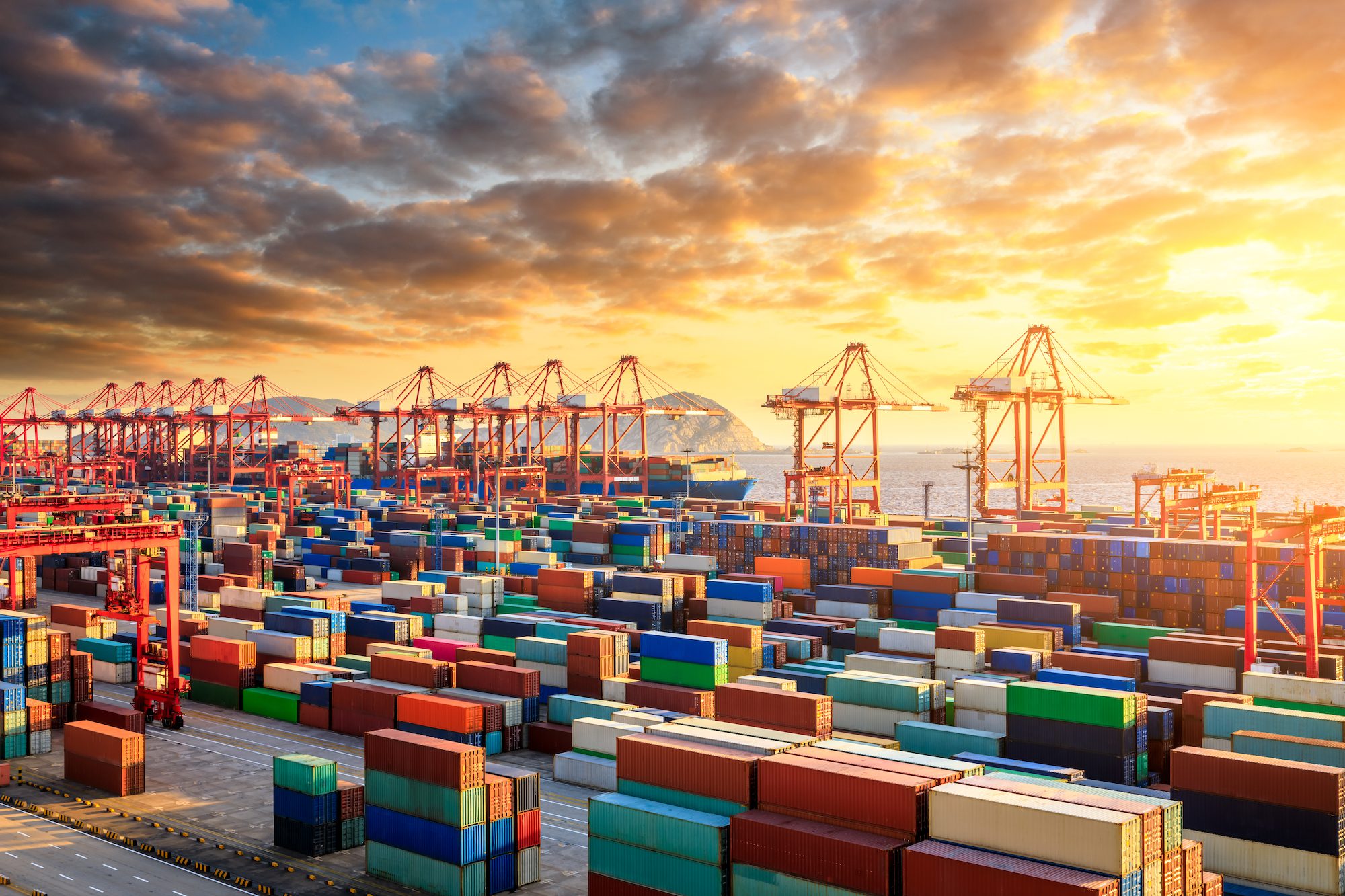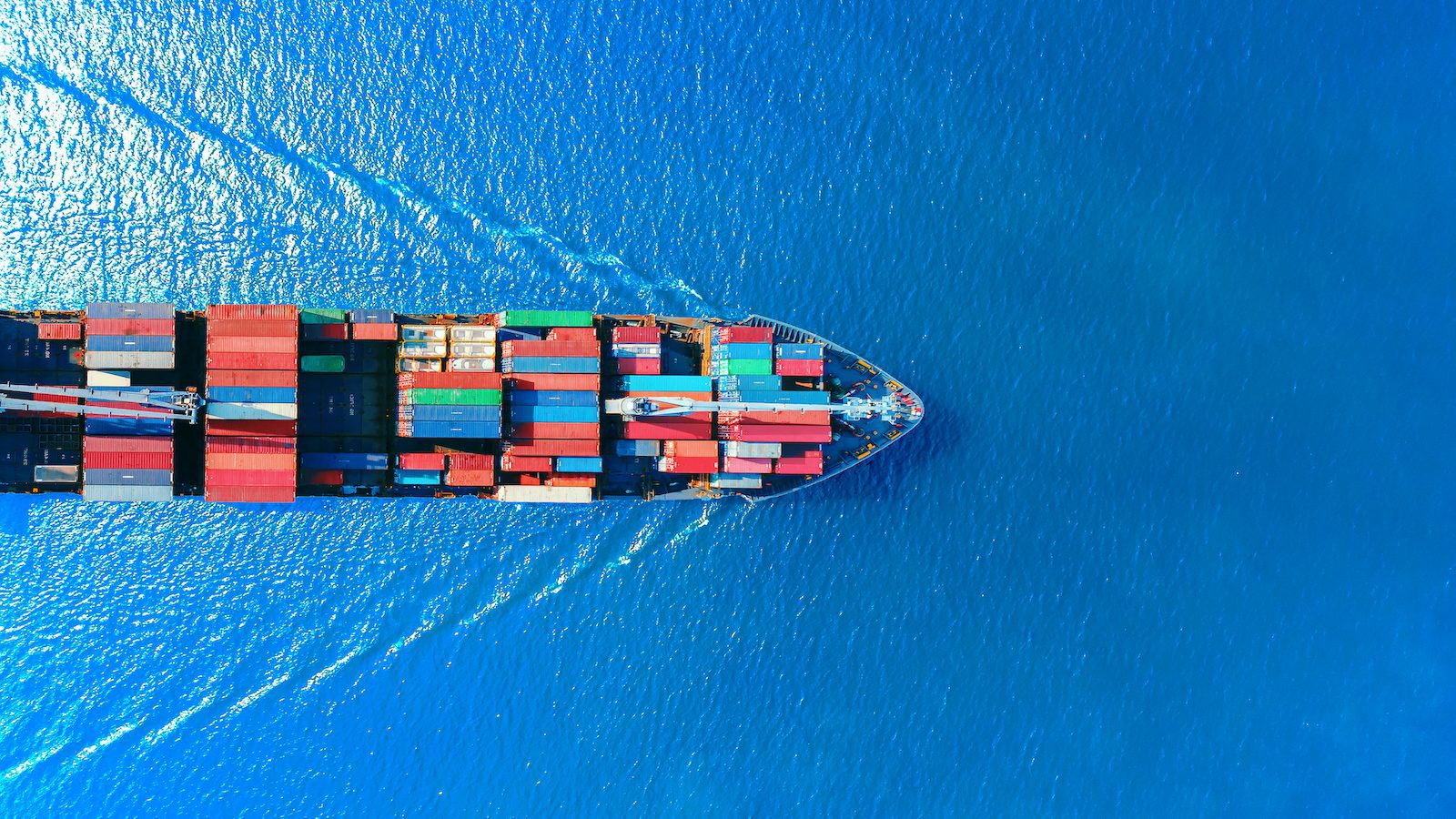The U.S. Treasury Department released a new report Friday detailing the impact of the second phase of a policy capping the price of Russian oil, two years into Russia’s war in Ukraine.
The “price cap” policy, implemented by a coalition comprised of the G7, the European Union, and Australia, aims to limit the Kremlin’s profits from oil exports, a key funding source for its war in Ukraine, while maintaining stable global energy markets. The policy imposes restrictions on services related to the maritime transport of Russian-origin crude oil and petroleum products, unless the oil is traded at or below the coalition’s specified price caps.
The first phase of the price cap significantly reduced Russia’s export revenue, with oil tax revenue dropping by 40% in the first nine months of 2023. As a result, the Kremlin invested in evading measures, including the use of a “shadow fleet” of tankers for oil exports and fraudulent activities against Coalition service providers. These actions, along with global oil market price increases, led to Russia’s average oil earnings exceeding the cap. In response, the coalition in October 2023 launched a second phase of the policy focussing on increasing enforcement for trades using Coalition services and raising the costs for the Kremlin to sell oil through alternative shipping methods.
According to the analysis by Assistant Secretary for Economic Policy Eric Van Nostrand (P.D.O.) and Acting Assistant Secretary for Terrorist Financing and Financial Crimes Anna Morris, three months into the implementation of this second phase, Russia’s oil revenue has significantly decreased, partly due to global oil price reductions and a growing discount compared to other global oil suppliers, with the discount rising from $12-$13 per barrel to around $19 per barrel. Despite this, Russian oil export volumes have remained stable, ensuring a consistent energy supply. Simply put, the price cap, along with key sanctions enforcement measures, is reducing Putin’s profits from oil sales.
“The Coalition remains focused on further reducing Kremlin profits while maintaining market stability and energy supply. Our approach leaves Putin with no good options: he can either sell his oil under the price cap for much less than other global suppliers or face high costs to export it through non-Coalition avenues,” the report states.

 Join The Club
Join The Club










